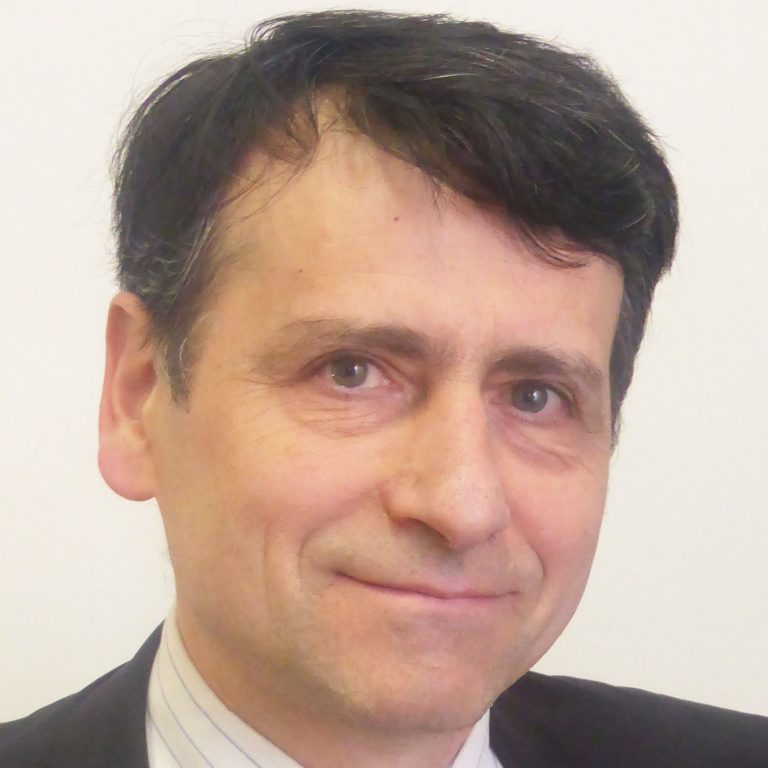Summary for Policy Makers
Air conditioning is essential for improving people’s comfort and health, indispensable for the economic development of hot, humid regions, and made increasingly necessary by the more frequent heat waves caused by global warming. Yet it nevertheless contributes to the CO2 emissions that fuel this warming.
In order to quantify the impact of the factors responsible for CO2 emissions from air conditioning, and thus provide input into the policies to be implemented in this area, the IIR has developed a model to calculate current and future CO2 emissions attributable to air conditioning in different regions of the world, taking into account a series of parameters and assumptions.
According to the results obtained using this model, air conditioning accounts for more than 12% of electricity consumption and 5% of energy-related CO2 emissions worldwide. These emissions are made up of 77% indirect emissions linked to the electricity consumption of air-conditioning equipment and 23% direct emissions attributable to refrigerant leaks during the operation and disposal of this equipment.
It is therefore essential to implement strong measures to mitigate the climate impact of air conditioning. Only a “voluntarist” scenario involving a real breakthrough in the rate of improvement in energy efficiency in each country, combined with an accelerated reduction in the impact of refrigerant leaks, would make it possible to achieve a significant reduction of 1/3 in global air-conditioning emissions by 2050. On the other hand, a “moderate” scenario based on simply maintaining the current rate of change in these parameters would result in an increase in these emissions of almost 1/4.

In the “voluntarist” scenario, this significant reduction in emissions, obtained despite the 2.5-fold increase in the number of air-conditioning equipment by 2050 estimated by the IIR, requires the implementation of ambitious policies in each country.
Reducing direct emissions requires:
. the rapid adoption of alternative refrigerants with low or even negligible Global Warming Potential,
. reducing refrigerant leaks and, in particular, encouraging and training operators to recover and recycle refrigerants during maintenance operations and at the end of equipment life.
Reducing indirect emissions, which are predominant, involves:
. reducing the emission factor of electricity production at the level of each country thanks to an increased use of renewable energies; this first lever has positive repercussions on all electricity-consuming sectors, well beyond air conditioning;
. reducing the operating time of air-conditioning equipment, which can be achieved by lowering the indoor temperature setpoint of the premises to be air-conditioned; the effectiveness of this action depends on greater information and awareness-raising among users;
. a determined increase in the energy efficiency of equipment; between the current period and 2050, approximately doubling energy efficiency rather than maintaining the current rate of improvement would allow a reduction equivalent to around 2% in global energy-related emissions, or about the total emissions of a country like Germany, which shows the crucial importance of improving energy performance in the objective of decarbonising air conditioning.
Beyond these measures, it is necessary to act upstream to reduce the mechanical cooling needs of interior spaces. From the design stage of buildings, the adoption of passive cooling strategies makes it possible to reduce the cooling load, i.e. the amount of thermal energy that must be extracted from a building to maintain its temperature within an acceptable range. This includes the optimisation of building design, the use of shading devices, green roofs and the use of phase change materials.
Non-uniform cooling, differentiated according to occupant needs, increases occupant comfort while avoiding the cooling of unoccupied areas. The individual cooling systems currently being developed, such as radiative systems, are also an effective approach, since they meet thermal comfort needs by cooling only the area around the occupant, rather than the whole room.
Centralised district cooling systems constitute a highly energy-efficient technology in areas with high population density, especially if coupled with renewable energy sources such as sea or rivers or with waste heat sources, for example from industry. Solar cooling, particularly the more cost-effective photovoltaic option, should also be considered as a priority, especially in areas where sunlight conditions are favourable. These two technologies can also help mitigate peak electricity consumption associated with air conditioning.

Didier Coulomb

Jean-Luc Dupont
